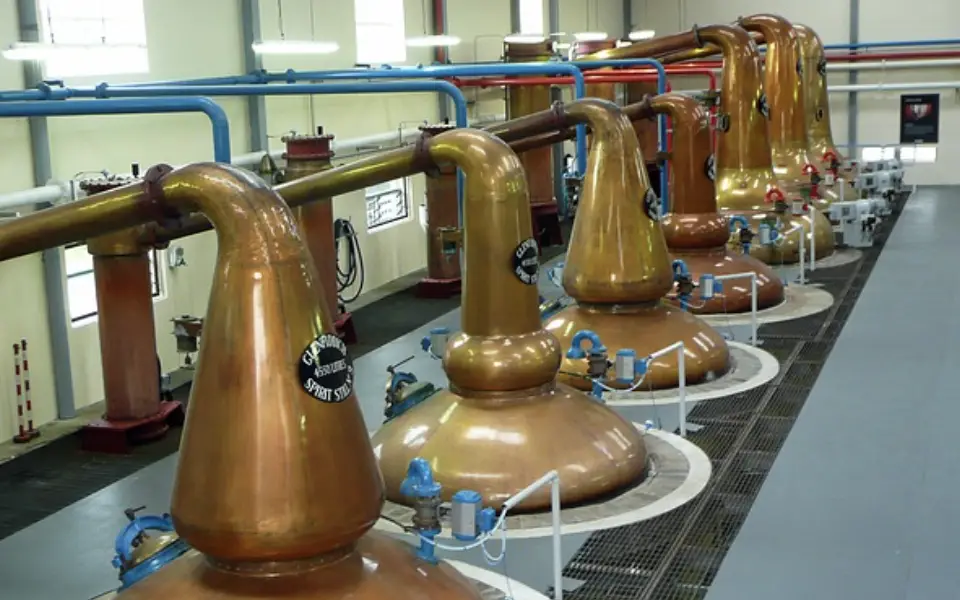
Unraveling the Mystery: Why Unaged Distilled Spirits Don’t Taste the Same
The world of distilled spirits is a diverse and complex realm, filled with an array of flavors, aromas, and profiles that captivate the senses. Unaged distilled spirits, often referred to as “white spirits” or “clear spirits,” are intriguing in their own right. While these spirits haven’t undergone the aging process in barrels, they exhibit a wide range of flavors that can leave you wondering: why don’t they all taste the same? In this blog post, we’ll delve into the factors that contribute to the unique taste variations among unaged distilled spirits and shed light on the science and artistry behind their diverse profiles.
The Distillation Process: Foundation of Flavor
Unaged distilled spirits, such as vodka, gin, and white rum, emerge from the distillation process with a blank canvas of flavors. However, the nuances of taste are far from uniform due to several key factors:
- Ingredients Matter: The base ingredients used in the distillation process play a significant role in the final flavor. Vodka, for instance, can be made from various sources, including grains like wheat, rye, or corn, or even potatoes. Each base ingredient contributes its unique flavors and characteristics to the spirit.
- Distillation Techniques: The methods and equipment employed during distillation impact the separation and concentration of compounds within the spirit. Different distillation techniques, such as pot stills versus column stills, can lead to varying levels of impurities, resulting in distinct flavors.
- Alcohol Content: The alcohol content of the distillate affects the extraction of compounds from the ingredients. A higher alcohol content can extract more flavor compounds, resulting in a richer and more robust taste.
- Cut Points: During distillation, there are specific moments known as “cut points” when the distiller chooses to collect or discard certain portions of the distillate. These cut points can significantly influence the final flavor by controlling the inclusion of impurities and undesirable compounds.
The Role of Filtration and Treatment
Unaged distilled spirits often undergo processes like filtration and treatment before bottling, which can further contribute to their unique profiles:
- Filtration: Filtration methods, such as charcoal filtering, can remove impurities, unwanted flavors, and aromas from the spirit. This step enhances clarity and smoothness, but it can also impact the overall character of the spirit.
- Additives and Botanicals: In the case of gin, for example, botanicals like juniper, coriander, and citrus peels are added to the distillate to infuse it with flavor. These botanicals, along with any other additives, impart distinct tastes that differentiate one gin from another.
Artistry and Skill of the Distiller
Beyond the technical aspects, the skill and artistry of the distiller come into play. The choices made at every stage of production, from selecting ingredients to adjusting the distillation parameters, are guided by experience, knowledge, and a desire to create a unique and compelling spirit.
Conclusion
Unaged distilled spirits, despite their lack of barrel aging, possess an intricate tapestry of flavors that stem from a combination of factors: the raw ingredients, distillation techniques, alcohol content, cut points, and treatment processes. The result is a dazzling array of spirits with distinct tastes that celebrate the creativity and expertise of the distillers.
The next time you sip on an unaged distilled spirit, take a moment to appreciate the journey it has undertaken to reach your glass. The diversity of flavors is a testament to the science, craftsmanship, and passion that go into every drop, showcasing the remarkable versatility of unaged spirits in the world of mixology and enjoyment. Cheers to the complexity and uniqueness that make each sip a delightful adventure!

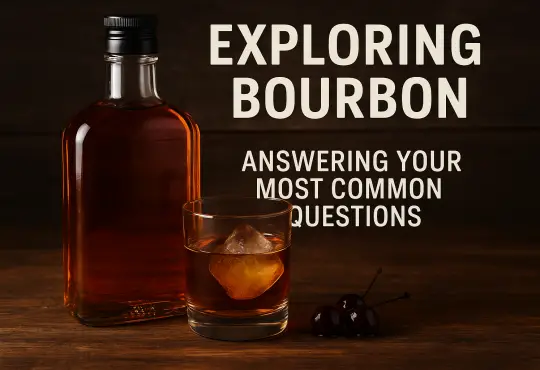
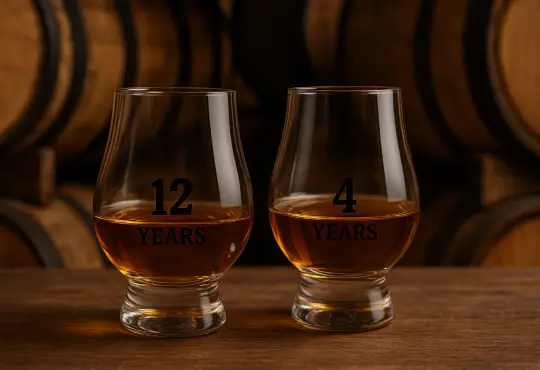
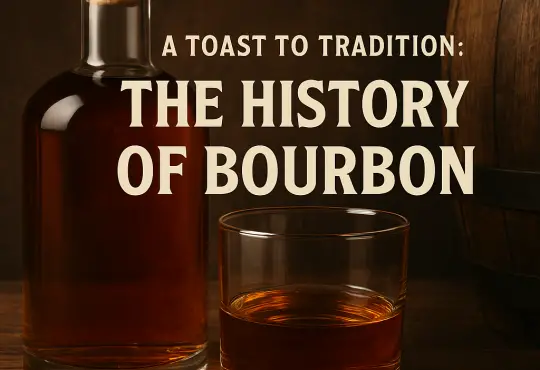
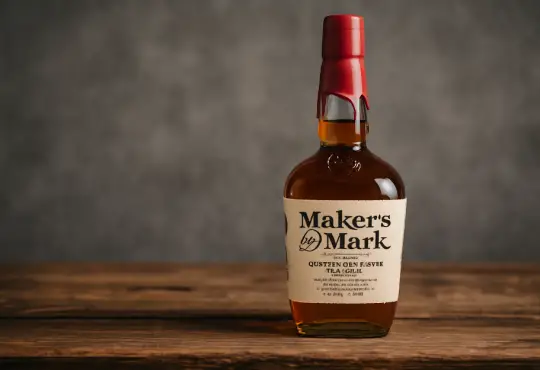


No mention of yeast? Yeast makes a significant contribution to flavor (or lack thereof). Some distillers don’t focus on yeast beyond its ability to deliver ethanol, but that is a mistake. The entire craft beer movement is significantly invested in yeast because of its ability to impart different flavors based on how it can metabolize different compounds into esters, congeners, and phenols. For instance, a POF+ yeast can convert ferulic acid into 4-vinyl guiacol (4VG) that creates clover and spicy notes which are characteristic in rye whiskey and the banana and clove notes in weissbier.
Look into Ferm Solutions, they maintain so many varieties of yeast.